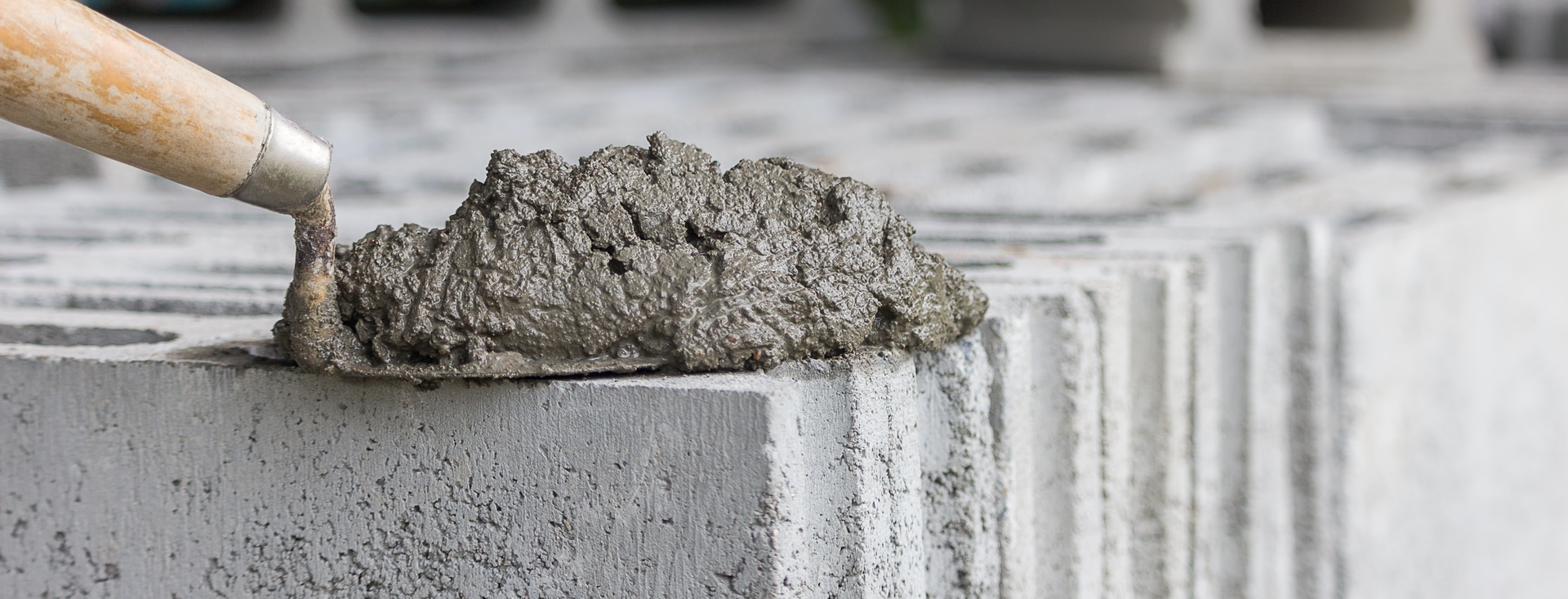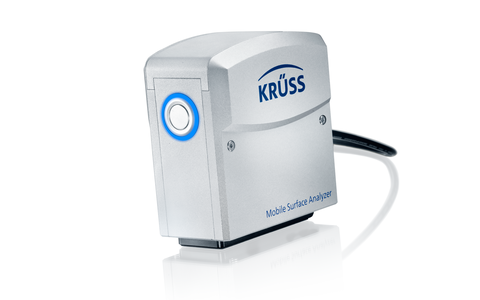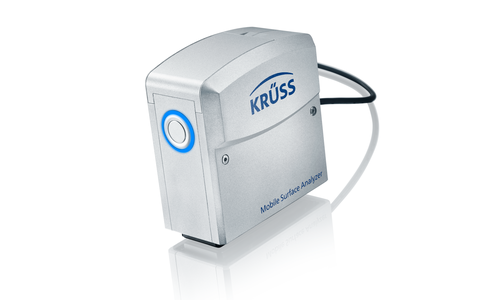
Production of cement and concrete
Interfacial chemistry measuring methods for the material behavior before and after setting
Hardness and longevity make concrete the Number One industrial building material. As well as the main constituents of cement, gravel, sand and water, a whole range of interface active additives are available. These ensure easy processing and specifically adjusted material properties. Our measuring instruments analyze the interfacial processes responsible for softness, mixability, hardening and air void content, and characterize the long-term resistance to weathering of the hardened material.
Measuring the efficiency and dispersive action of plasticizers
In order to ensure high strength, the water content in concrete must be kept low. Even more important is a good distribution of the granular constituents in order to obtain a homogeneous and free-flowing concrete. Plasticizers in the form of surfactants reduce the interfacial tension between water and the dispersed powder for this purpose.
In order to characterize surfactants, our tensiometers measure the degree of reduction in surface tension of the water, which dominates the wetting of the powder. In addition, the critical micelle concentration (CMC), which is measured by means of a Force Tensiometer, describes the efficiency of a surfactant.
The surface energy of the powdery constituents and the wettability of the powder by water are also important for the overall assessment of the plasticizing effect. Our tensiometers measure both quantities based on measurements of the contact angle using the Washburn method.
Surface chemical investigation of curing agents
Curing agents are films of hydrophobic liquids which are applied to the surface of the concrete. Here, they seal the surface and prevent the water required for setting from evaporating.
They are often wax or paraffin emulsions in which surfactants are used for forming and stabilization. You can determine the interfacial tension between the organic and the aqueous phase with the help of our tensiometers. This is a measure of the emulsifying capability and emulsion stability, and helps to optimize the product quality.
Checking the quality of the set concrete
In order to resist weathering, the finished concrete must be only slightly wettable by water. Concrete therefore frequently contains additives which create a hydrophobic and anti-adhesive surface. Contact angle measurements with our instruments check the water-repellent properties of the concrete.
Repeat measurements over a longer period provide information on the long-term protection of the surface. Our mobile instruments enable the contact angle to be measured non-destructively on site, even on vertical surfaces.
Investigating the effect of releasing agents for casting moulds
Releasing agents form a non-wettable, hydrophobic protective film on the casting mould, ensure that the concrete is released cleanly, and prevent the mould from sticking. In order to achieve this, a releasing agent must first of all thoroughly wet the mould. Our contact angle measuring instruments measure the wettability of the mould material by the separating agent. A small contact angle is an indication of the good wetting which is needed.
The contact angle of water is measured in order to assess the releasing, hydrophobic effect of the applied film of releasing agent. For an anti-adhesive film, this should be as high as possible.
Foam analysis for the investigation of foam formation
Concrete frequently contains surfactants as foaming agents in order to produce air voids. These ensure a lower density and increase the stability against frost, as trapped water can expand into the voids.
On the other hand, if the concrete is to have high strength, air voids are undesirable. In this case, the formation of foam, for example due to plasticizers, is prevented with anti-foaming agents.
Our instruments investigate the foamability and foam stability based on reproducible foam height measurements. This enables both the required formation of foam due to surfactants and the effect of anti-foam additives to be characterized.





